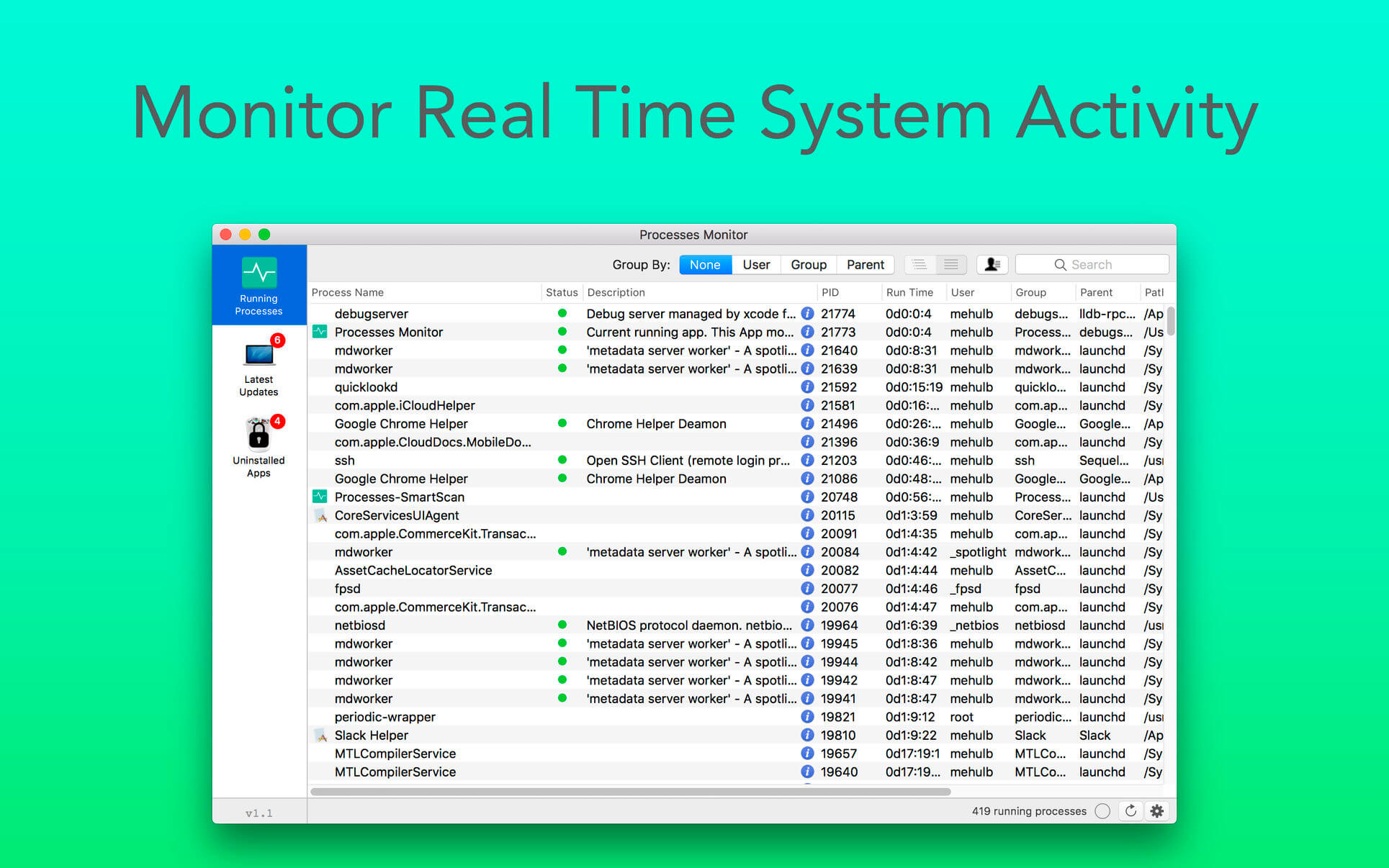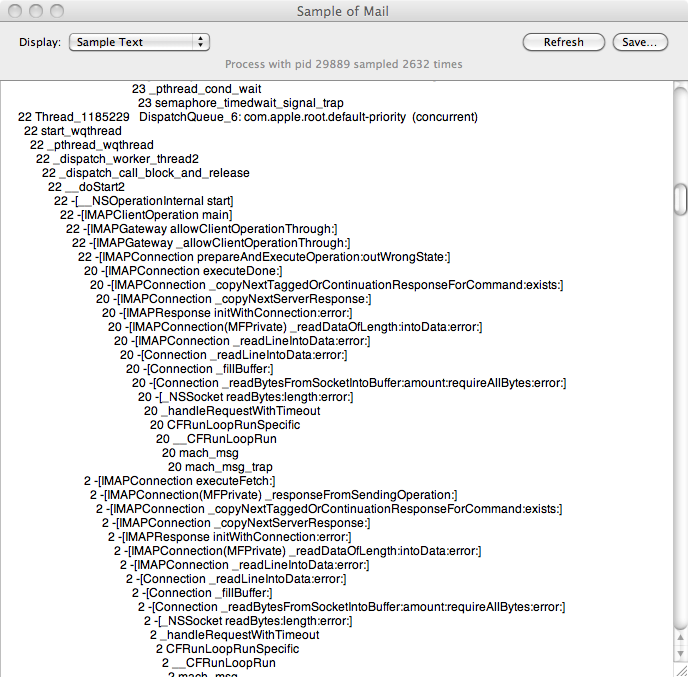

If it matches an app you’ve launched, quit that app to give other apps a chance at the CPU. If one process is sucking CPU power, you’ll see it at the top of the list. Be aware that the percentages in this column are by core (unlike the graph and numbers at the bottom), so a runaway app on a 4-core iMac could claim to be using as much as 400% in the % CPU column. If necessary, click again to change the direction of the sort so the arrow next to % CPU is pointing down, so those processes using the most CPU power are at the top. To identify them, click the % CPU column header to sort the process list by CPU power. But if you’re near or at 100%, you’ll want to hunt for rogue processes. As long as the sum of those numbers stays under 100% most of the time, you’re probably fine.


For now, we’ll focus on the CPU view that’s the default, but if you were trying to figure out why your MacBook Pro’s battery was draining so quickly, you’d look in the Energy view.Īt the bottom of the CPU view is a graph of CPU load, and numbers that correspond to how much of that load comes from the system and how much from the user (apps you’ve launched). Those views show the impact each process has on those aspects of the Mac. Notice the buttons at the top of Activity Monitor that provide access to different views: CPU, Memory, Energy, Disk, and Network. However, some apps use multiple processes, and macOS itself relies on a ton of processes too. In many cases, a process is the same as what you think of as an app, so you’ll see processes for apps like Mail and Safari. Open that to find and double-click Activity Monitor.Īctivity Monitor can seem daunting because it lists every “process” running on your Mac. Open your Applications folder and scroll down until you see the Utilities folder. The key is a utility app called Activity Monitor that Apple bundles with every Mac.
Mac process monitor how to#
Here’s how to figure out if that’s the problem. But you might just have a rogue app that’s hogging your Mac’s CPU.
Mac process monitor mac#
You can find the Activity Monitor by opening the Applications folder, and then opening the Utilities sub-folder.Does it seem like your Mac is running slowly? It’s always possible that you need more RAM, a speedy SSD to replace a slow hard drive, or even a new Mac. This window is shown in the next figure.įinally, if you'd like to geek out a little, you can even go deeper and "sample" the application to see the current call graph by pressing the Sample button. You can open a detailed window by double-clicking a row, or selecting a row and then clicking the Inspect icon. Mac Activity Monitor - Individual Mac processesīeyond this, the Activity Monitor gets even cooler when you look at an individual process, because then you can see more detail information about the process/application, including detailed memory use, kernel-related statistics, and open files and ports. On this main screen you can also get general system information on CPU, memory, disk activity, disk usage, and network stats from the tabs on the bottom panel of the screen. My most common thing here is to sort by memory or CPU use to get a general idea of what's going on. As shown in the following figure, the main screen shows all the processes running on your system, the user that owns the process, the percent of CPU it's using, the virtual memory it's using, and more.
Mac process monitor mac os x#
The Mac OS X Activity Monitor is a cool utility.


 0 kommentar(er)
0 kommentar(er)
